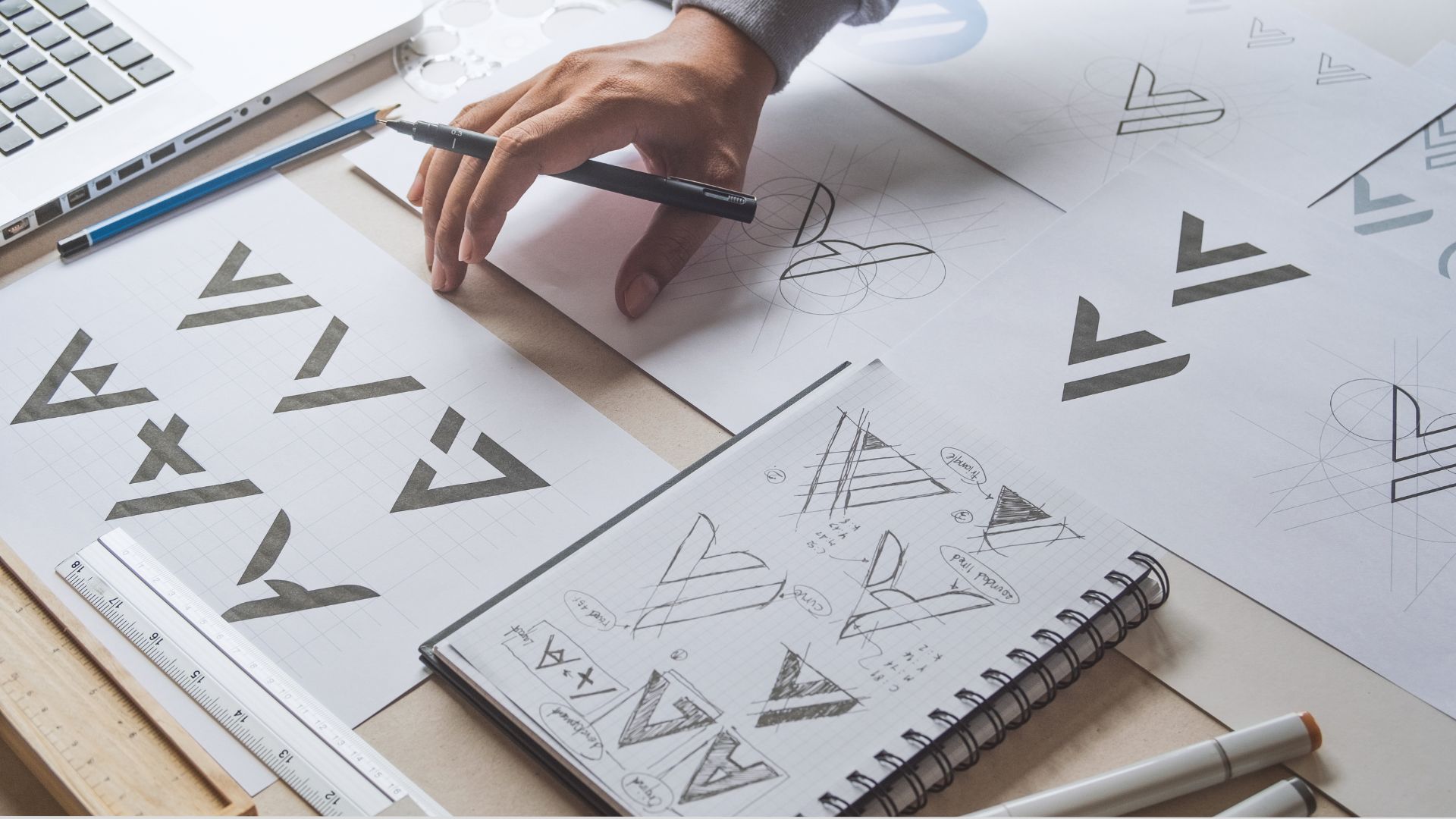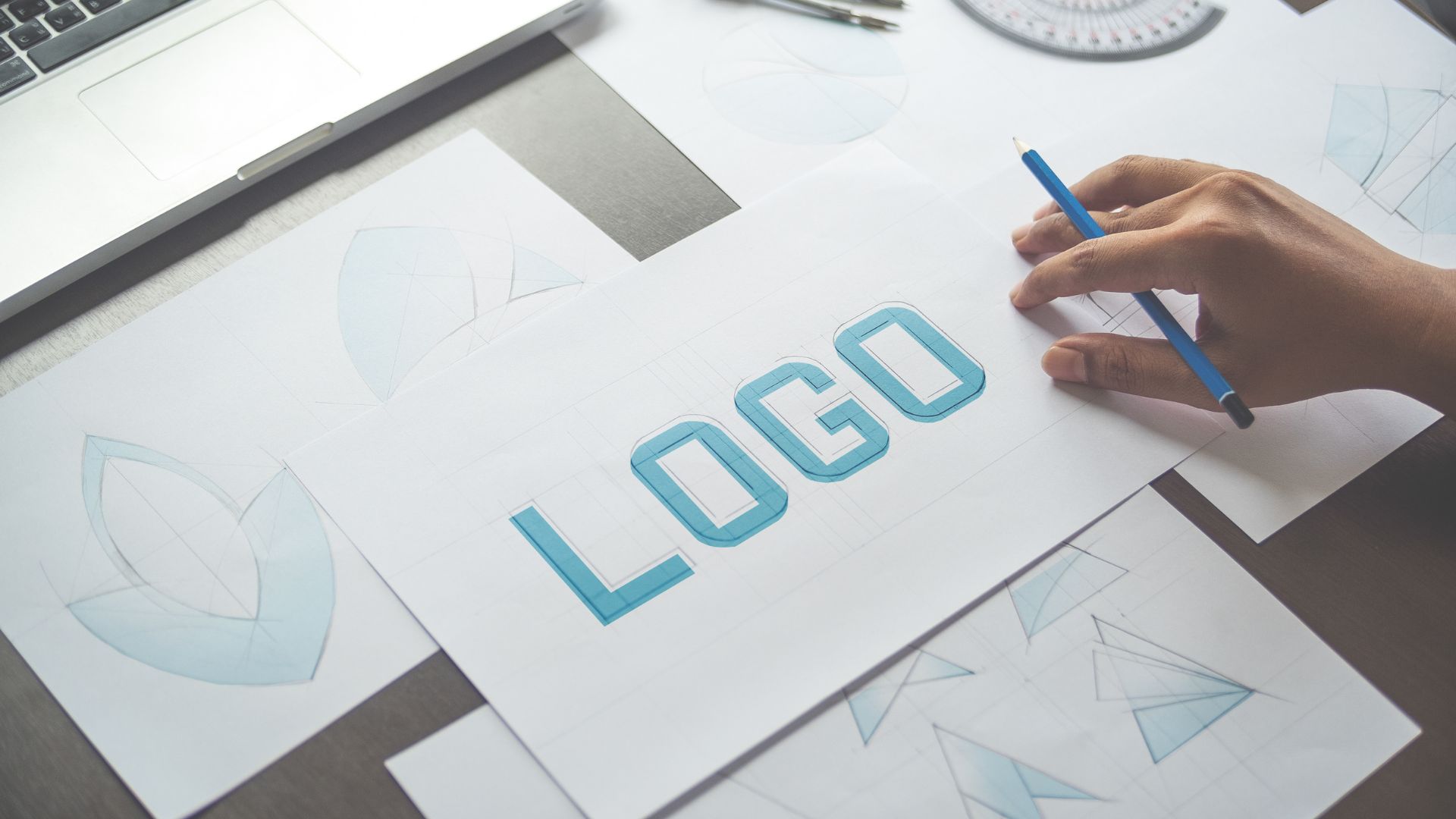
Creating a logo is more than just putting a brand name in a square. It’s about crafting an identity that resonates with people and stands the test of time. Whether you’re a seasoned designer or a startup founder looking to brand your new venture, understanding the key elements of good logo design is crucial. Here’s a guide to creating a logo that is not only visually appealing but also embodies the essence of your brand.
1. Start with Your Brand Identity
Before you even begin sketching out potential logos, it’s essential to have a clear understanding of your brand’s core values, target audience, and personality. What does your brand stand for? Who are you trying to reach? These questions will influence every aspect of the logo design, from the color palette to the typography.
2. Keep It Simple
The most memorable logos are often the simplest. Think of iconic brands like Apple or Nike; their logos are simple yet effective. A simple design is versatile, easier to recognize, and more effective at communicating your brand’s message. Avoid clutter and focus on one single, clear message you want your logo to convey.
3. Make It Memorable
A good logo is distinctive enough to be easily remembered. It should stand out in the crowd of logos and evoke a sense of recognition. Creating something unique without being overly complex is a delicate balance but crucial for your logo’s success.
4. Ensure Versatility
A versatile logo will look great on different backgrounds, work well in various media formats, and be effective at any size. Whether it’s displayed on a tiny mobile screen or a large billboard, your logo should maintain its integrity and legibility. Consider designing in black and white first to focus on the logo’s concept and shape, ensuring it looks good in its simplest form before adding color.
5. Choose Colors Wisely
Color can say a lot about your brand. Each color has different associations and can bring nuance to your brand message. For example, blue can evoke feelings of trust and security, while yellow might bring out optimism and light-heartedness. Choose a color palette that reflects the feelings you want your brand to evoke.
6. Select Appropriate Typography
Typography can significantly affect your logo’s presentation and readability. The right typeface should align with your brand’s character—whether it’s strong and bold, or soft and friendly. If your logo design includes text, make sure the font supports the overall logo design and is legible across sizes and mediums.
7. Be Timeless
While it’s tempting to follow the latest design trends, remember that your logo should endure for many years. Opt for a design that will look as good in ten years as it does today. Timeless designs focus on classic principles rather than current design fads.
8. Get Feedback and Revise
Once you have a design, get feedback from a diverse group of people, including stakeholders, potential customers, and professional designers. This feedback can provide new perspectives and highlight any issues you might not have noticed. Be open to making changes based on this feedback to create a stronger logo.
9. Professional Touch
Consider hiring a professional designer if you’re not experienced in graphic design. A professional can bring expertise and insight that can elevate your logo from good to great.
Creating a good logo is a journey of understanding your brand and translating its essence into a visual form that speaks to both the heart and the mind. With the right approach, your logo will pave the way for successful brand recognition and lasting impressions. Remember, your logo is often the first introduction people have to your brand. Make it count!



